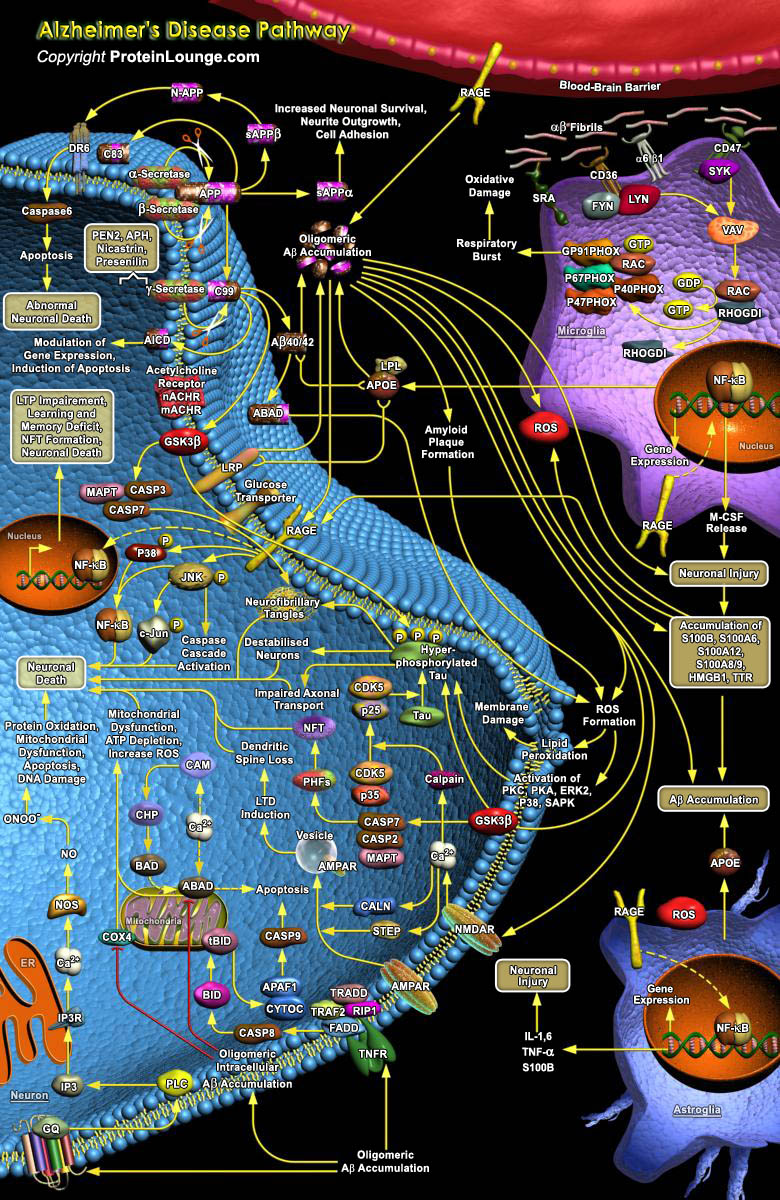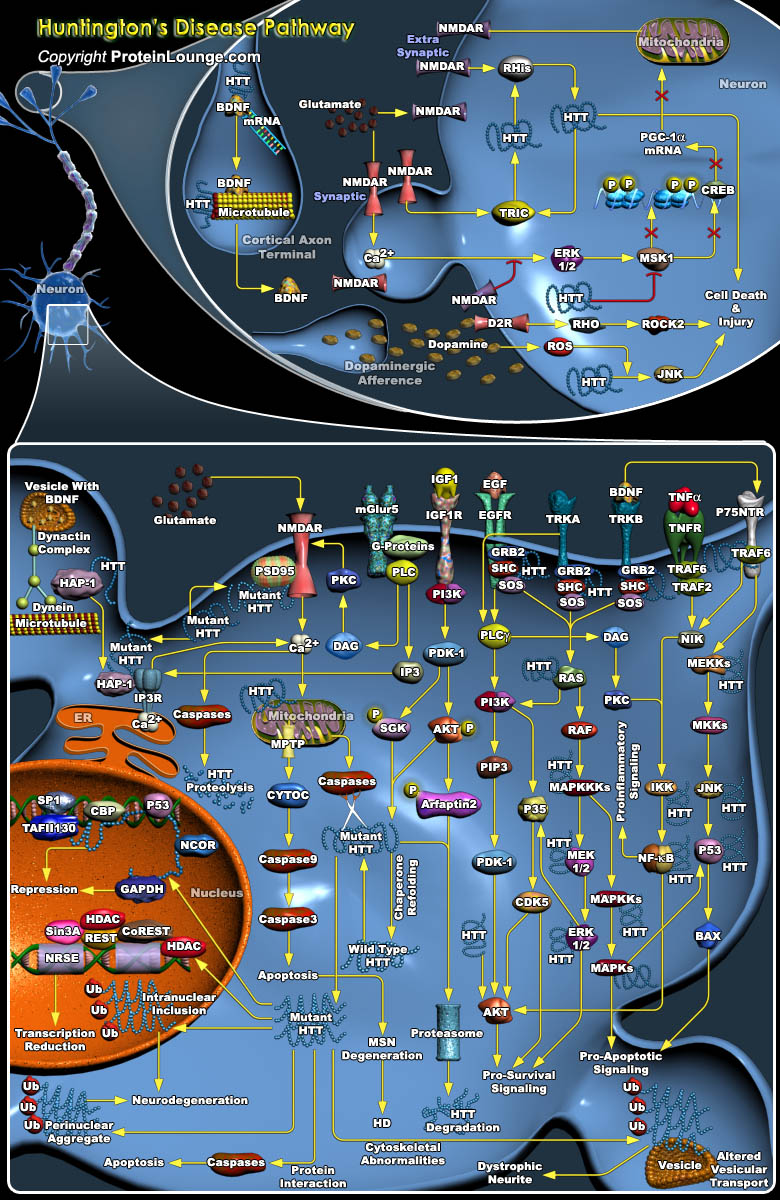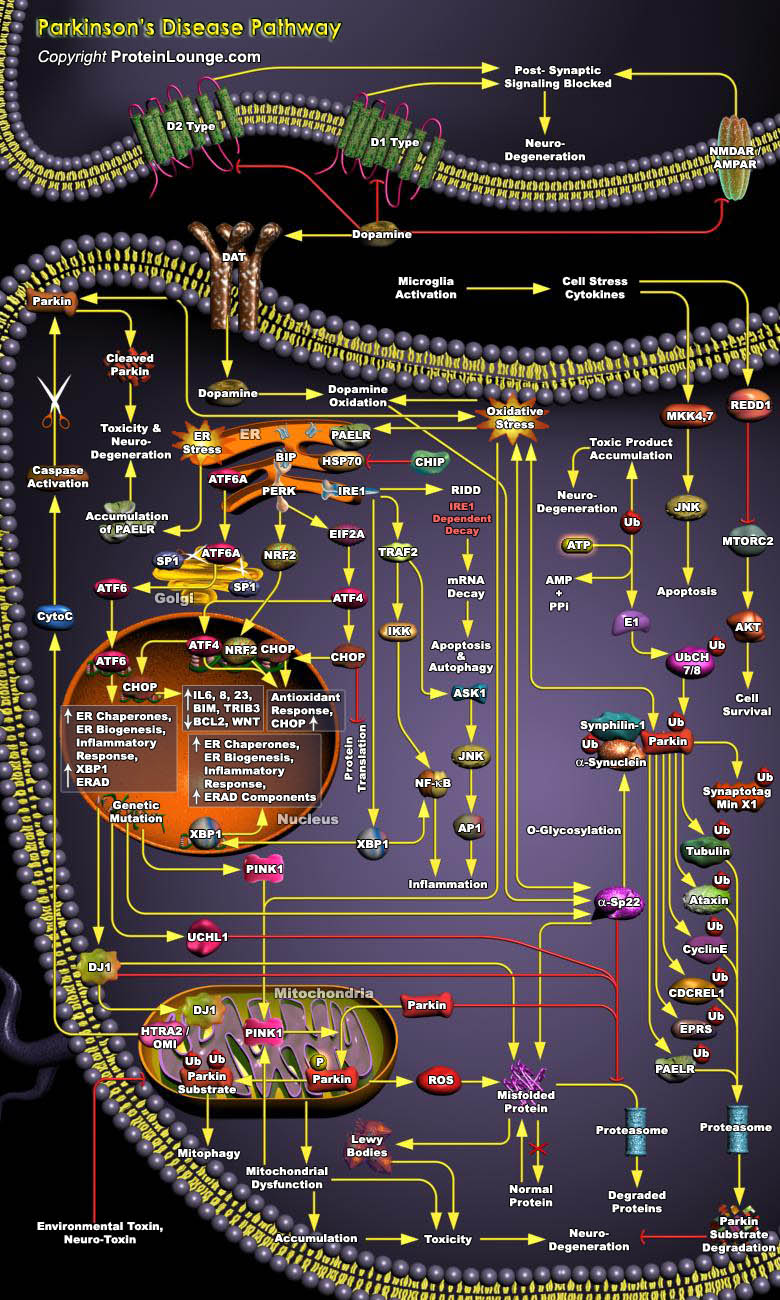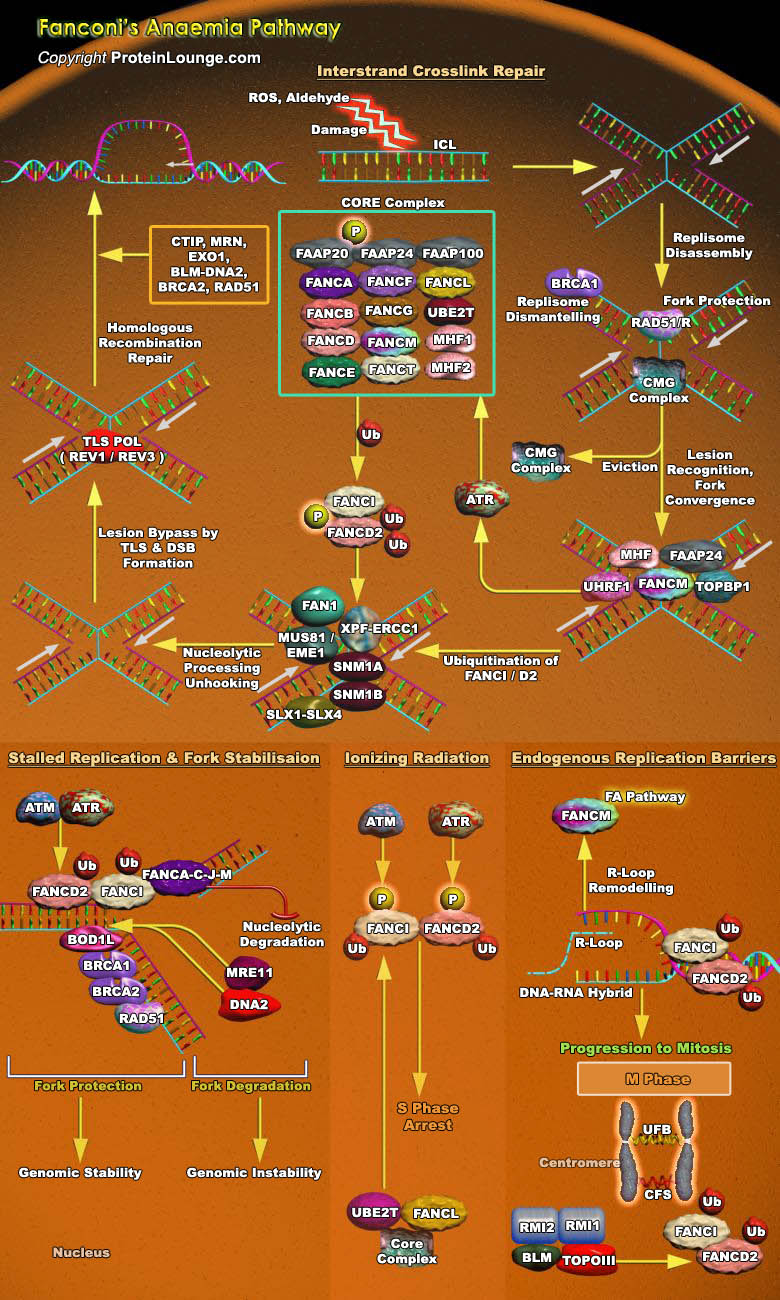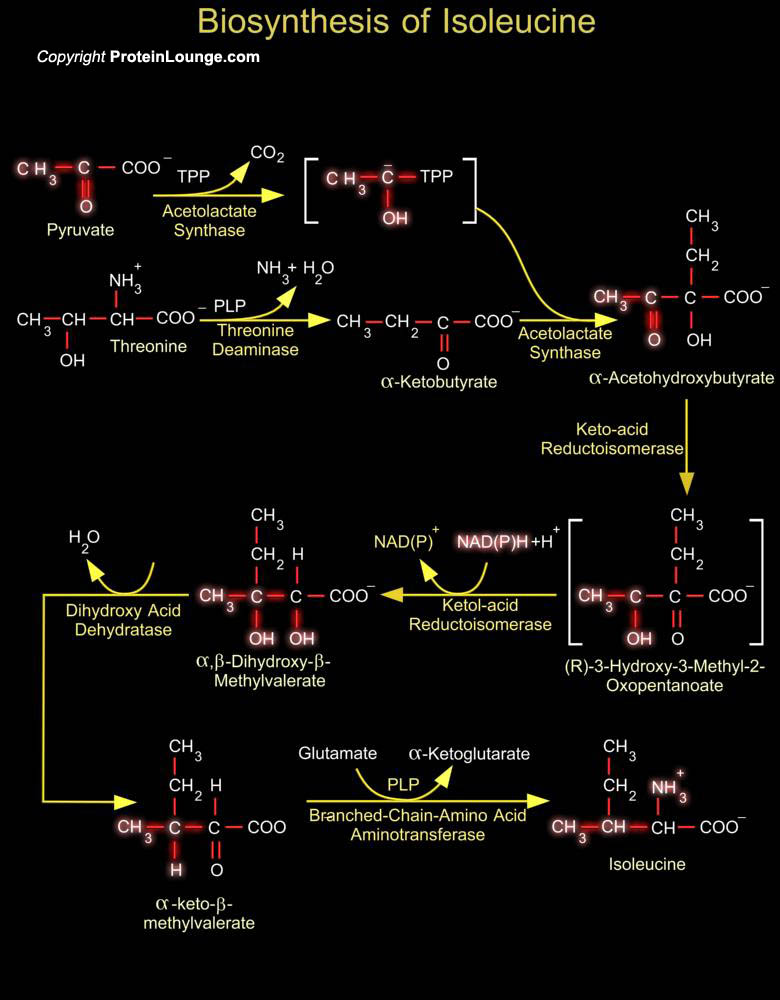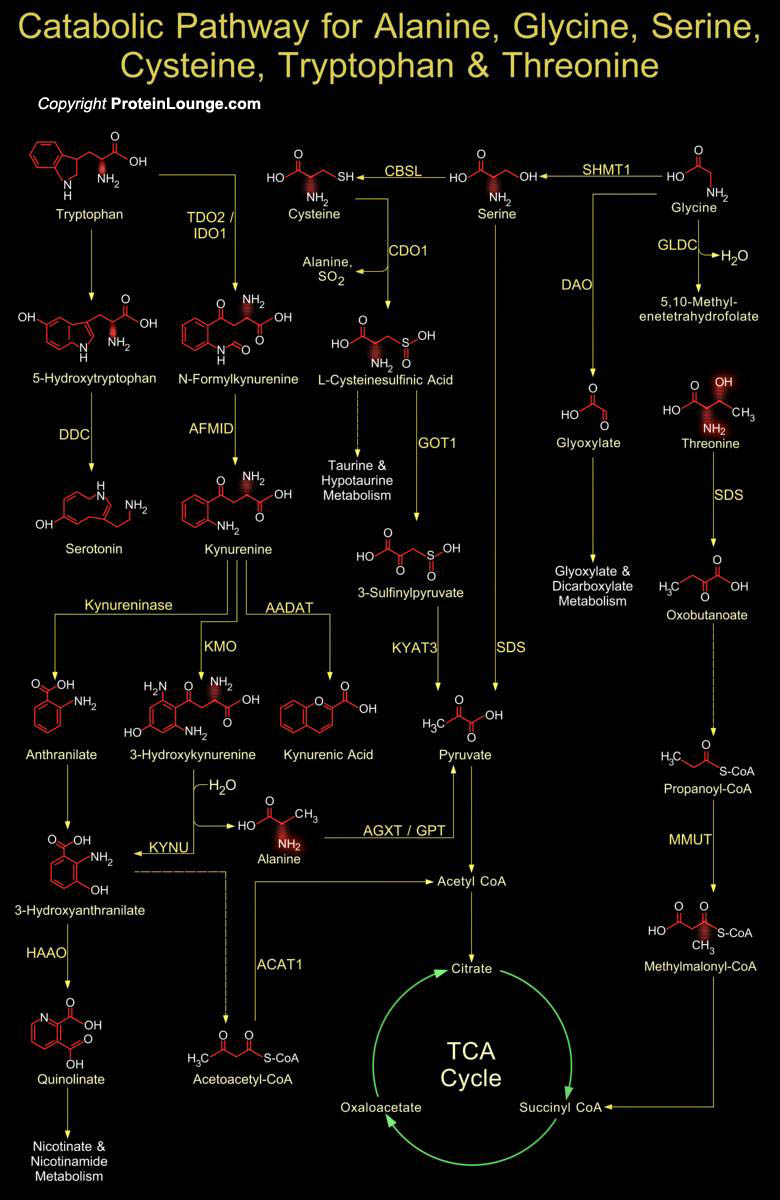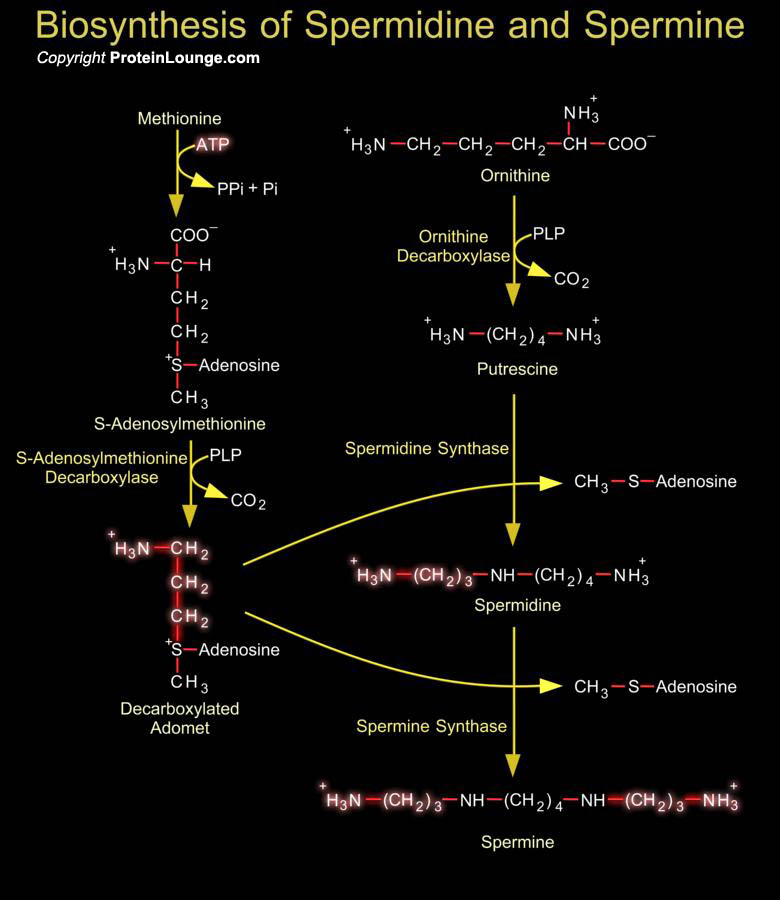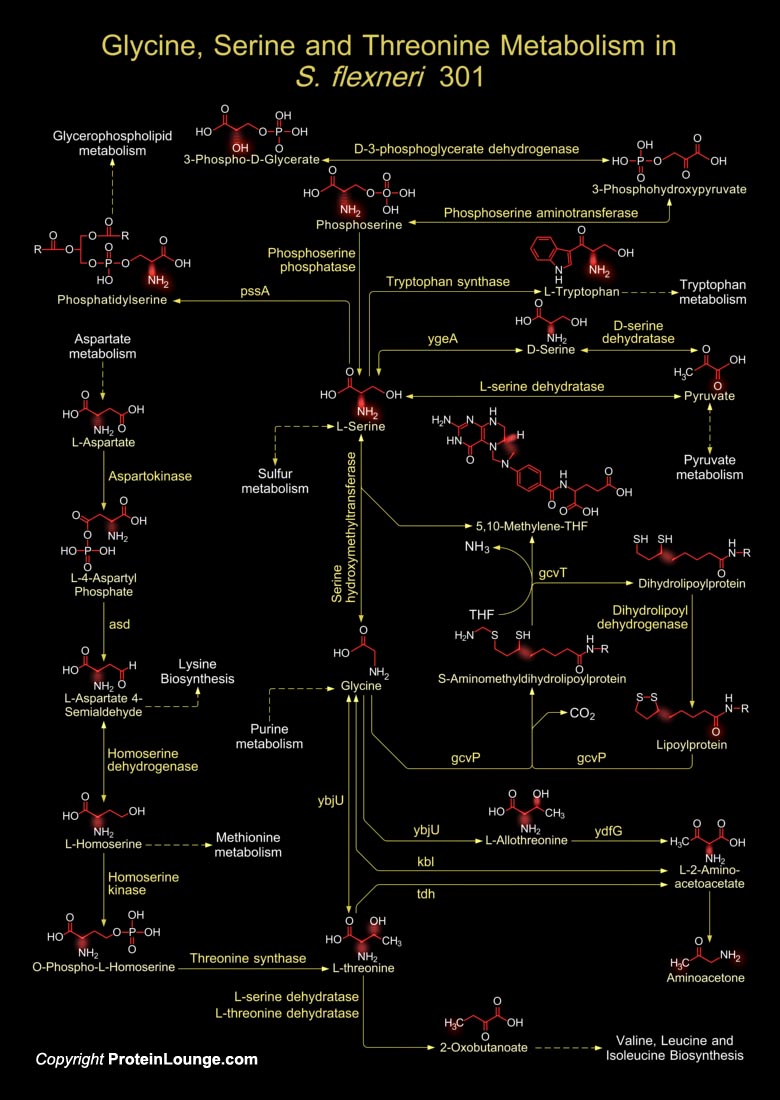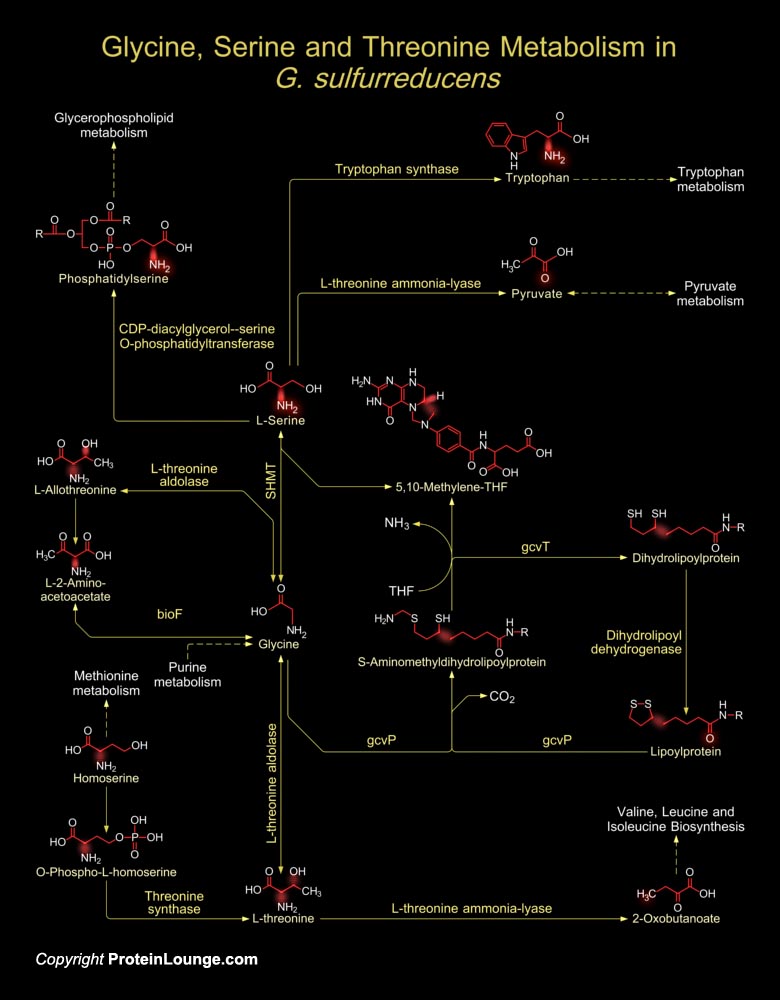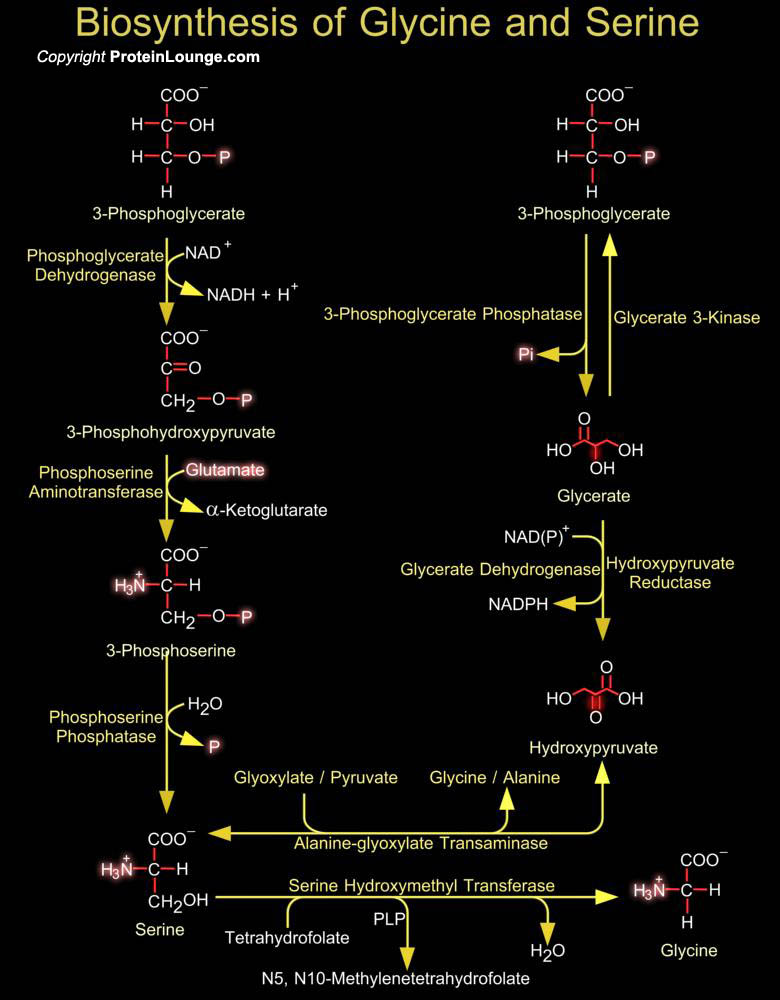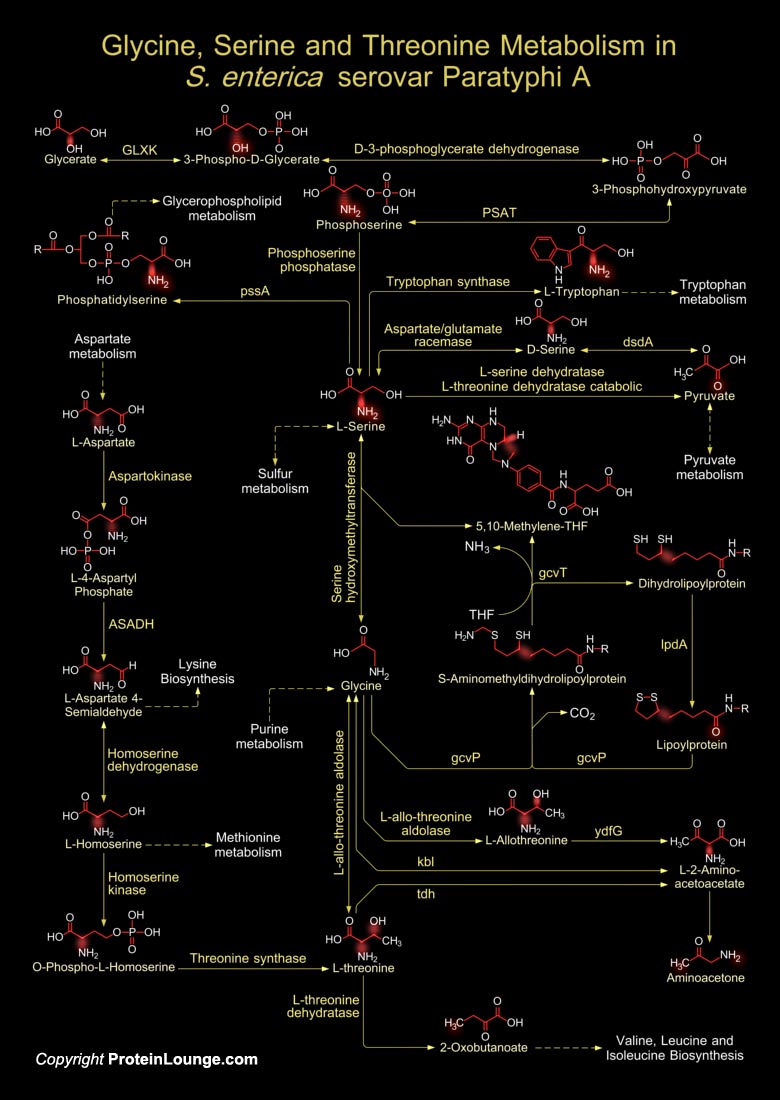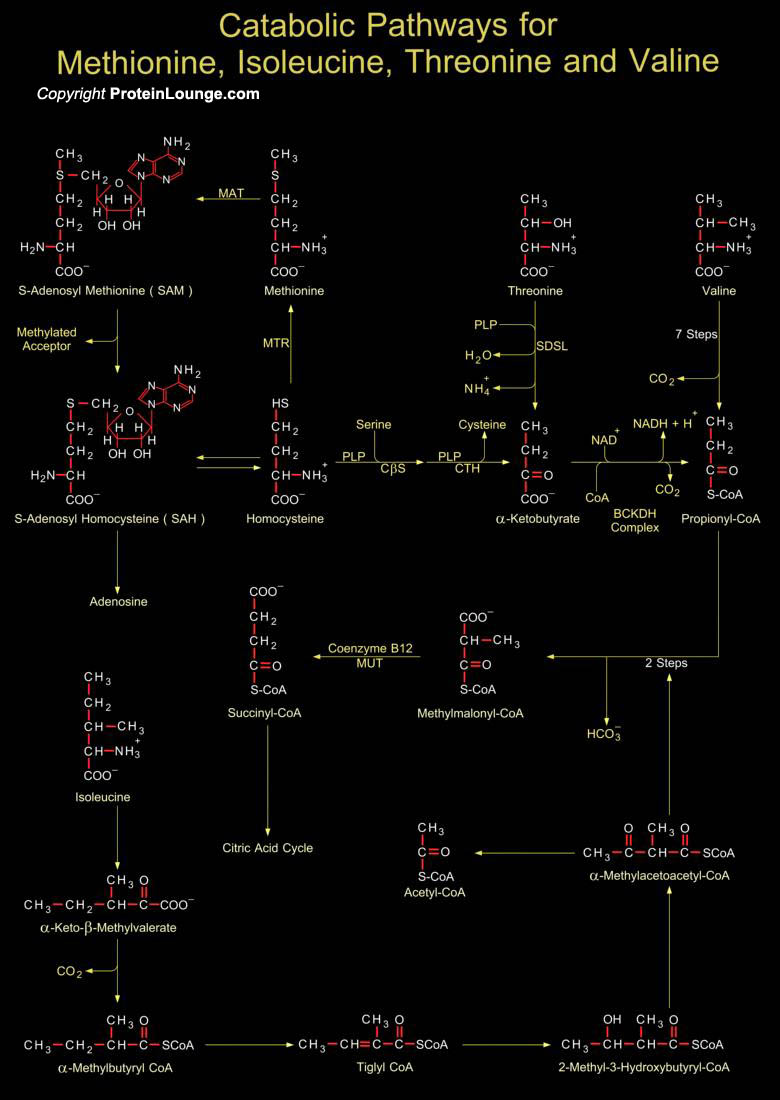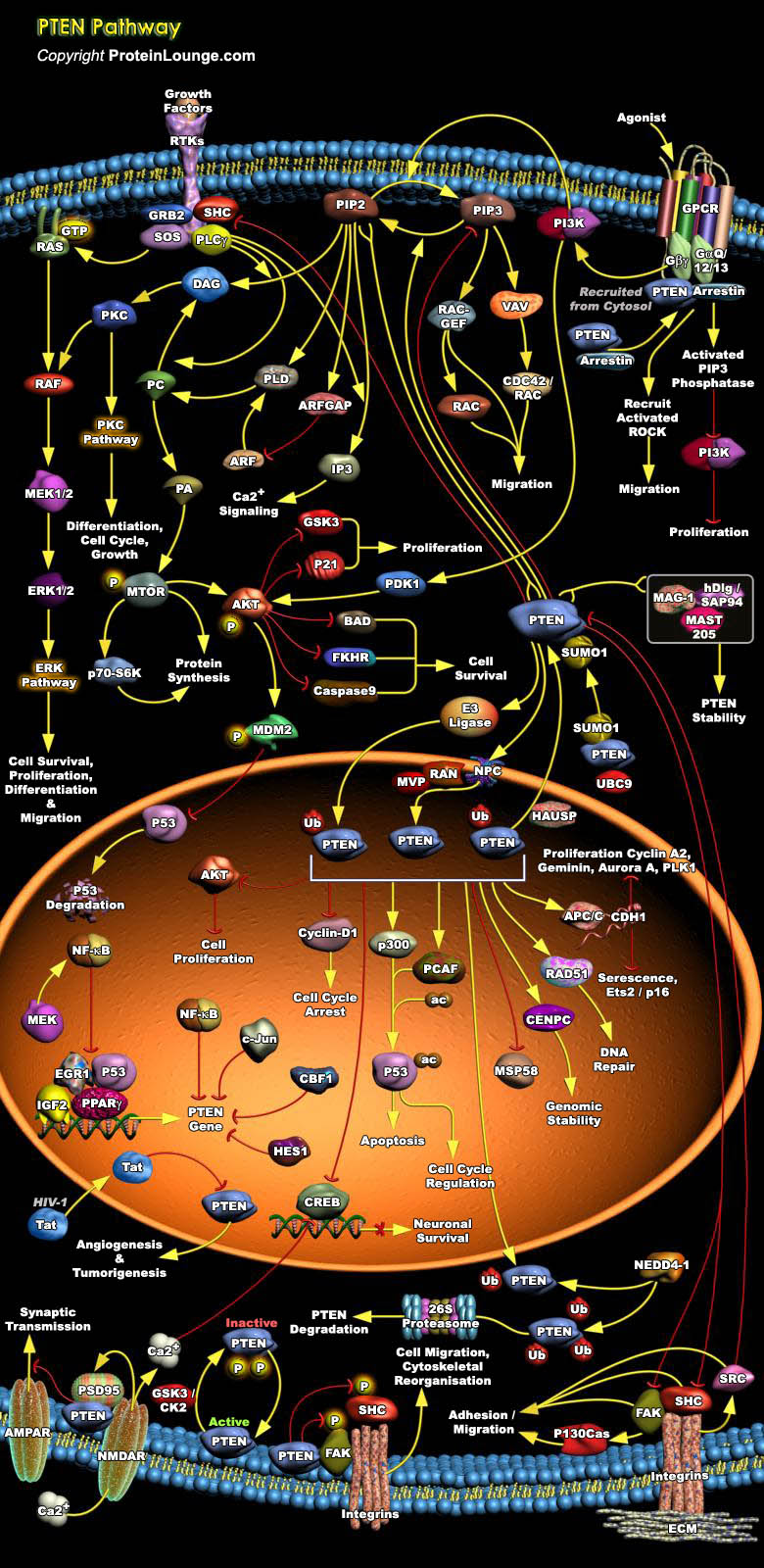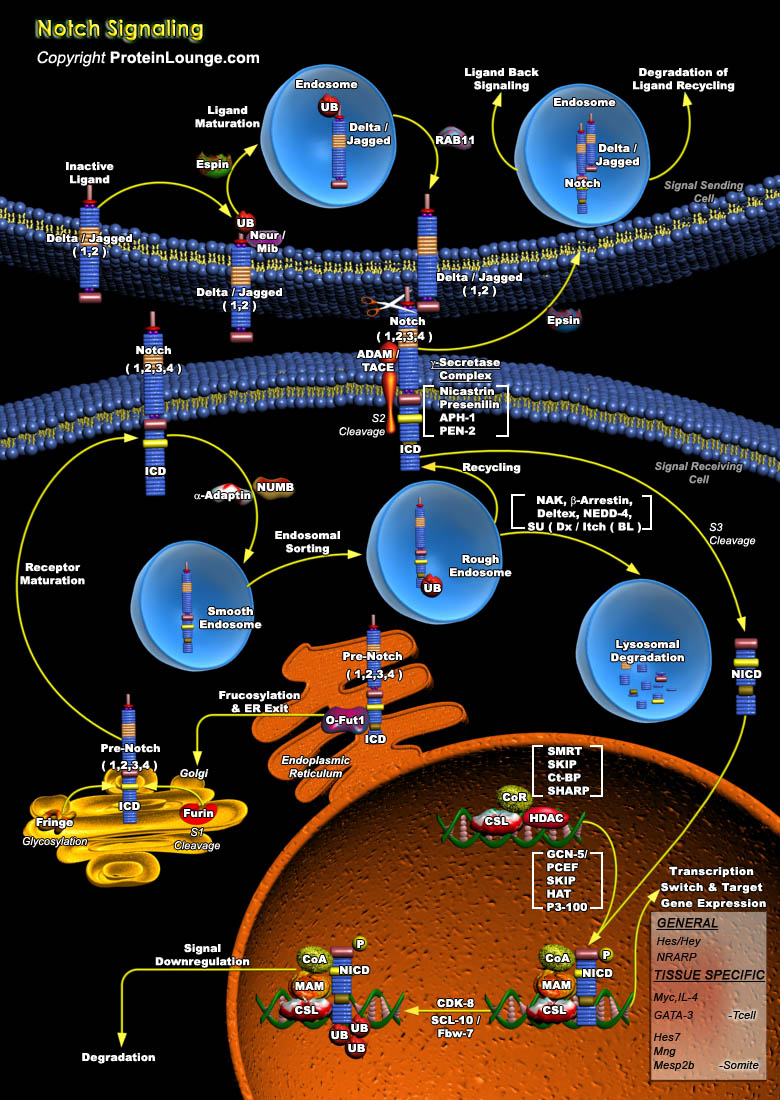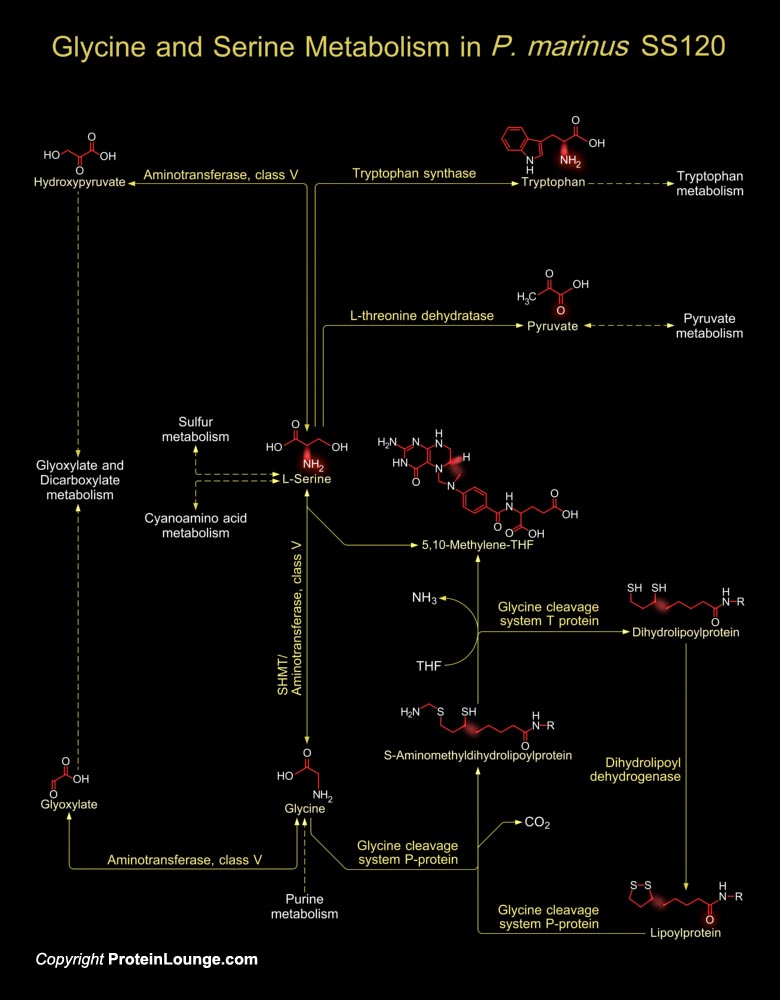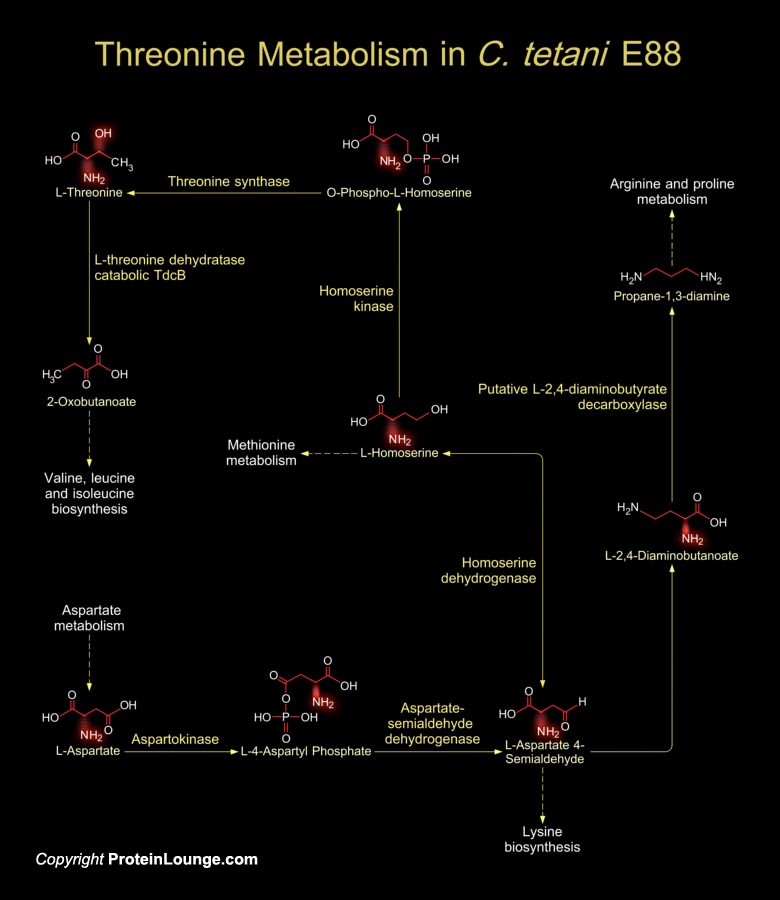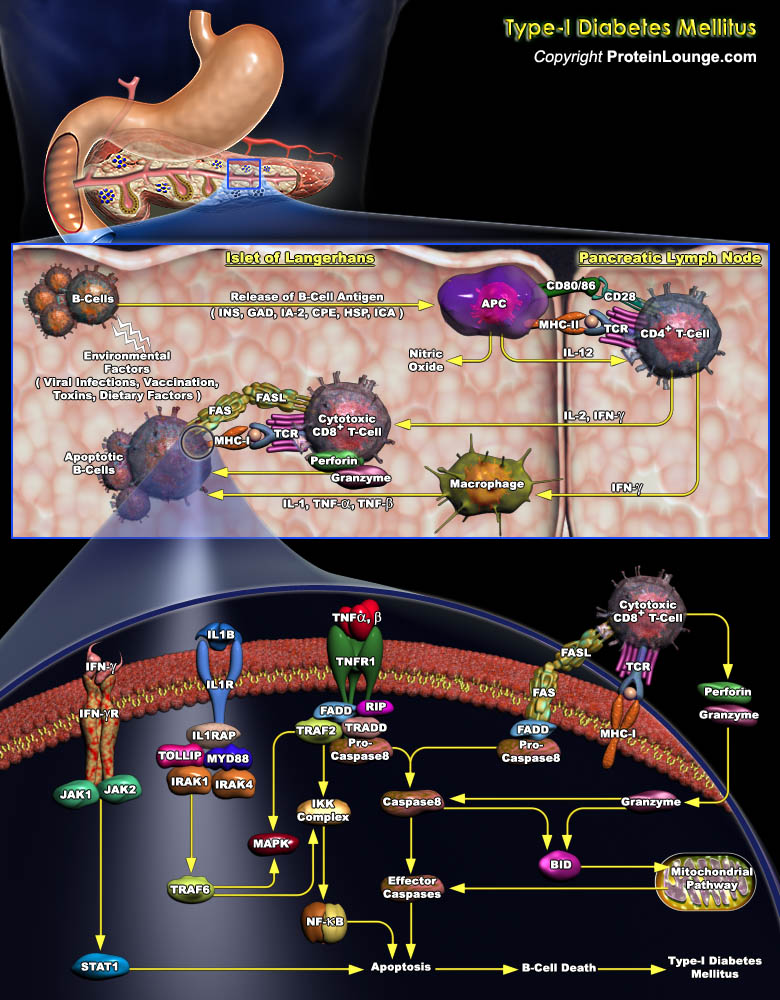Featured Pathways
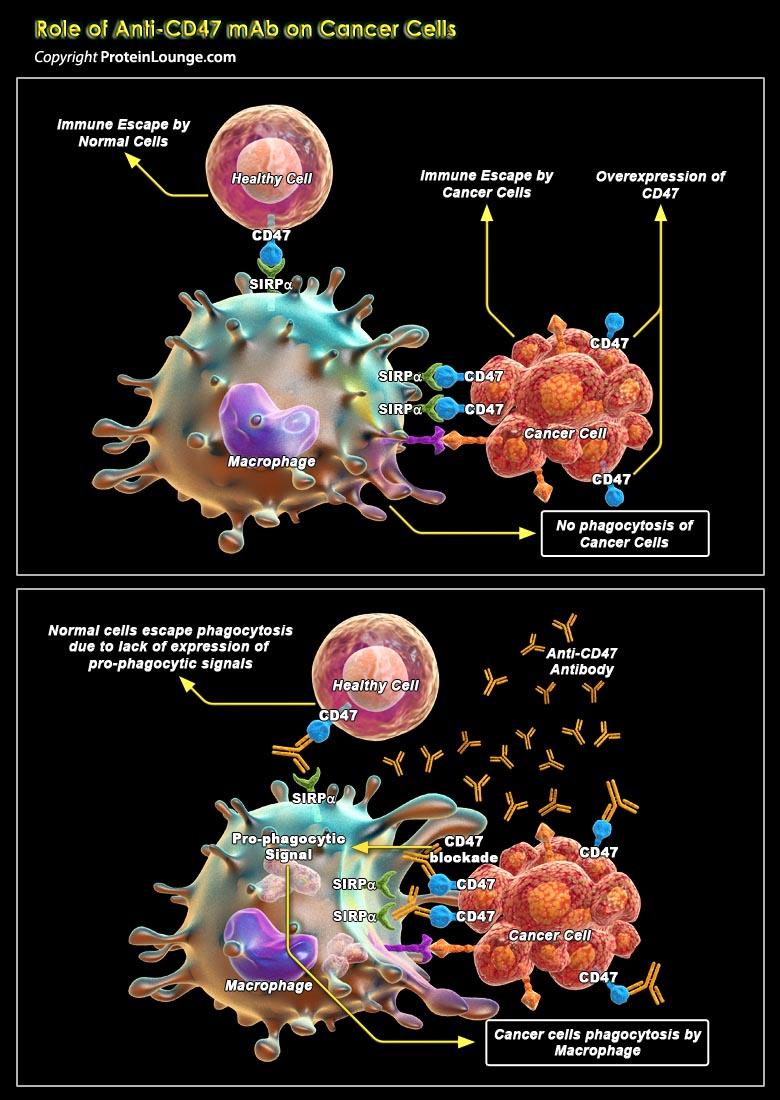
Cancer continues to be a formidable challenge in the field of medical science, necessitating innovative therapeutic strategies to combat its relentless progression. The emergence of immunotherapy has brought about a paradigm shift in cancer treatment, harnessing the body's own immune system to recognize and destroy malignant cells. Among these immunotherapeutic[..]
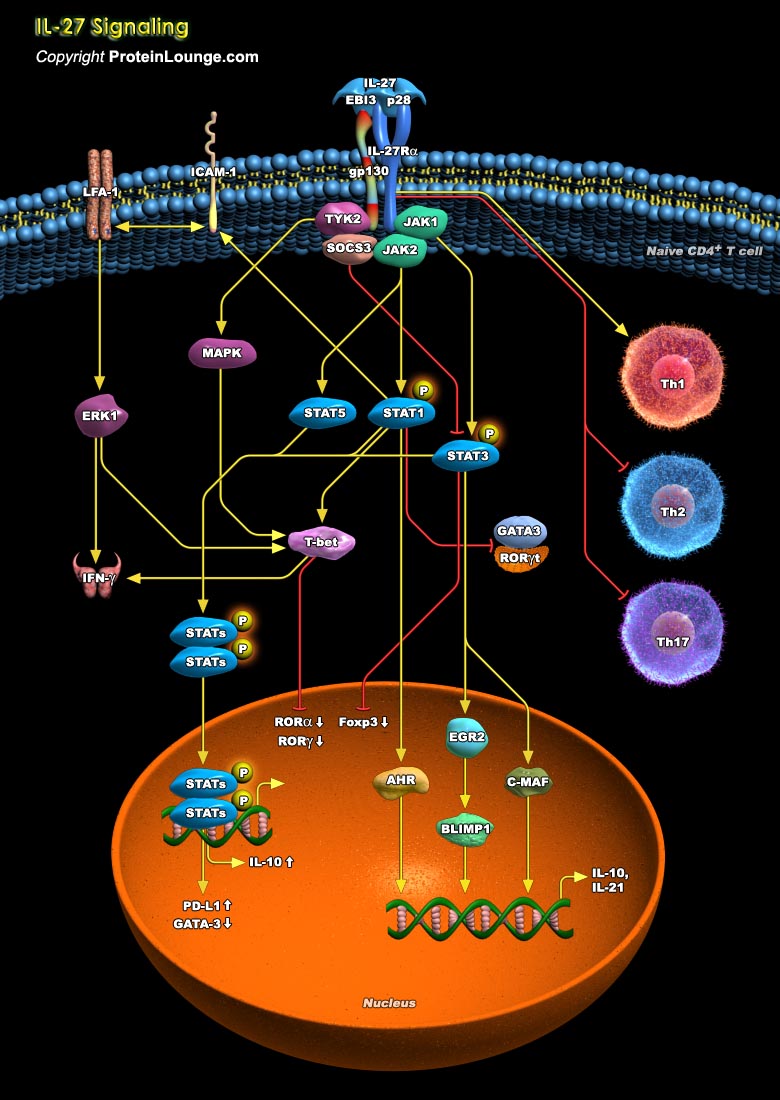
Interleukin-27 (IL-27) is a cytokine belonging to the IL-6/IL-12 family, characterized by its dual role in immunomodulation, encompassing both pro-inflammatory and anti-inflammatory attributes. The composition of IL-27 involves a heterodimeric configuration, consisting of the α-subunit IL-27p28, a protein structured with a four-α-helix bundle, and the β-subunit Epstein-Barr[..]
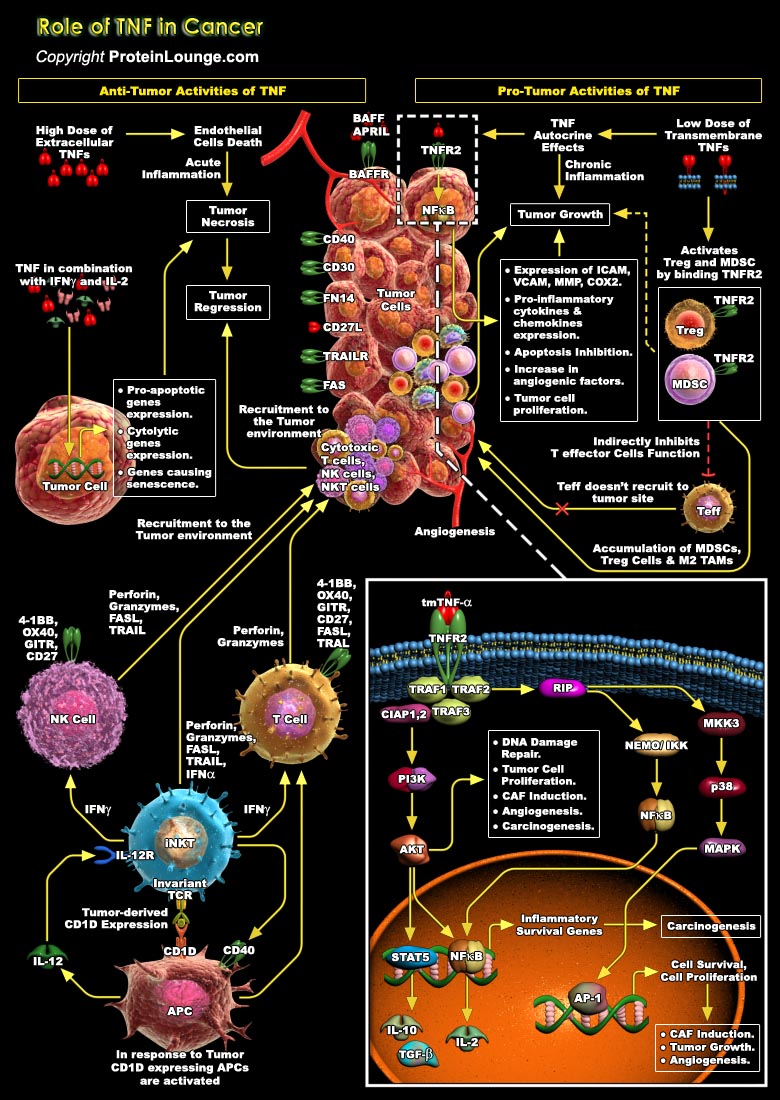
Tumor necrosis factor superfamily (TNFSF) comprises a group of cytokine ligands and their cognate receptors that are essential for the activation, proliferation, differentiation, and effector function of immune cells. TNF superfamily contains about 19 ligands and 29 receptors in humans which are implicated in many autoimmune and inflammatory diseases including cancer. Among the members, tumor[..]

Cerebral ischemia (a type of Stroke) is a result of insufficient blood flow to the brain. It is a cerebrovascular disease that arises from arterial defects in the brain. It is the most common life-threatening neurological disease. It leads to limited supply of oxygen and other nutrients to meet metabolic demands. There are two types of cerebral ischemia: focal and[..]

The ER (Endoplasmic Reticulum) is a crucial organelle involved in many functions. In the cell protein misfolding can results from genetic mutations affecting normal protein folding or malfunction of the cytosolic ER resident protein folding machinery. Many diseases result from misfolded protein that accumulates within the ER, where they generate a stressful condition referred to as ER stress.[..]
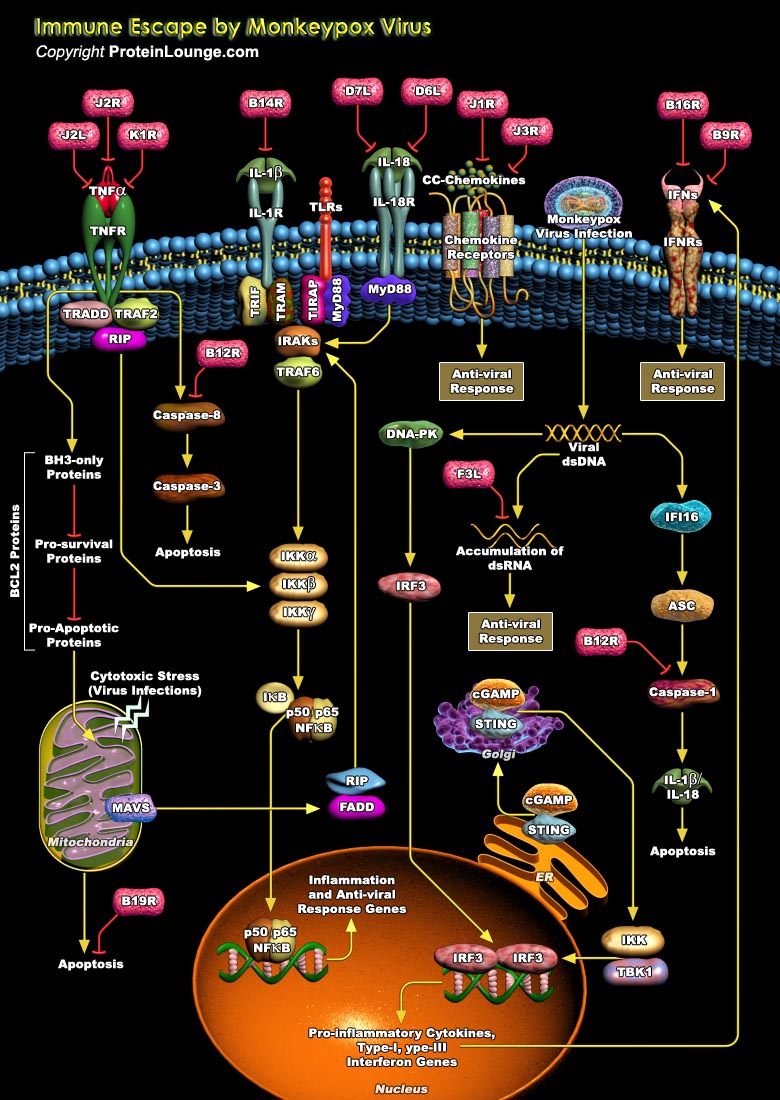
Human monkeypox (MPX) is a zoonotic disease caused by the monkeypox virus (MPXV) affecting rodents and primates mostly in western and central Africa that incidentally causes disease in humans similar to smallpox, although with notably lower mortality. The[..]
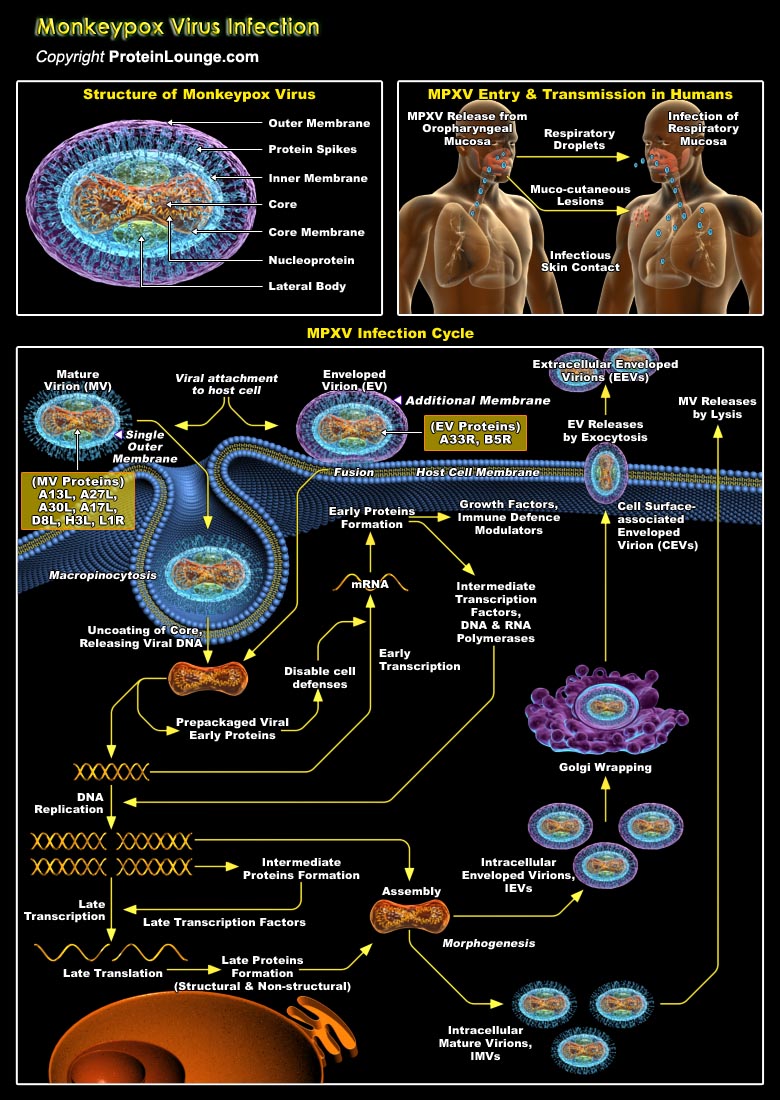
Monkeypox virus also designated as MPV, MPXV, or hMPXV is a zoonotic Orthopoxvirus that belongs to the family Poxviridae, and causes disease in humans similar to smallpox, although with notably lower mortality. This virus is endemic to western and central Africa, but the 2022 outbreak is mostly being noted in European countries and the Western Hemisphere associated with the exotic pet trade[..]
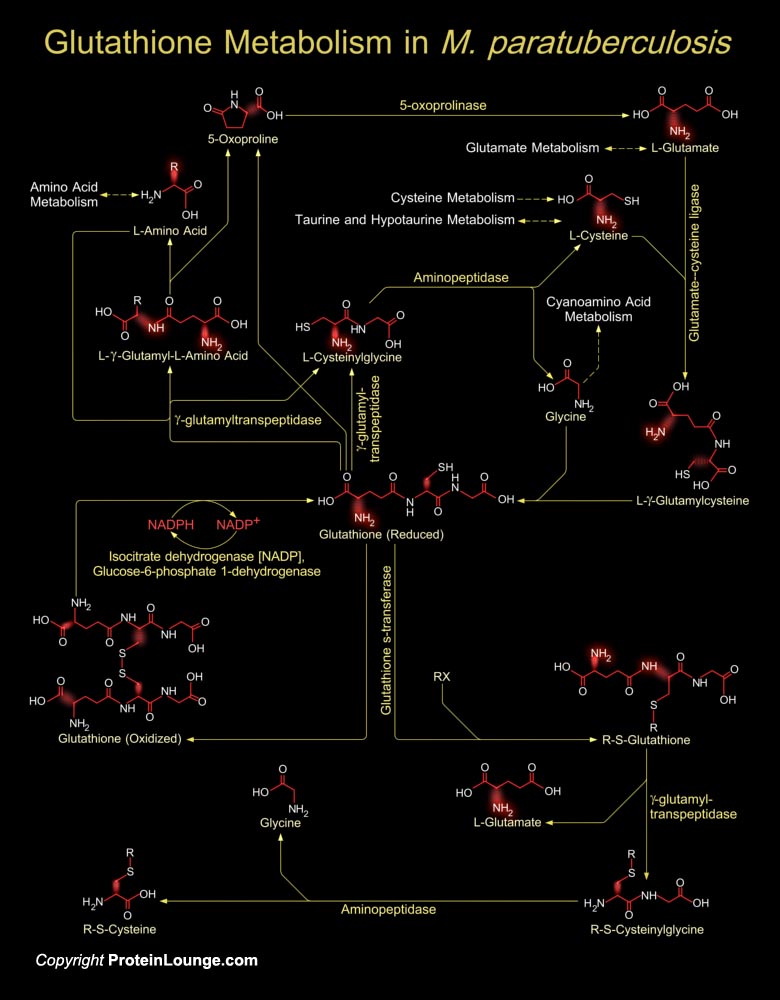

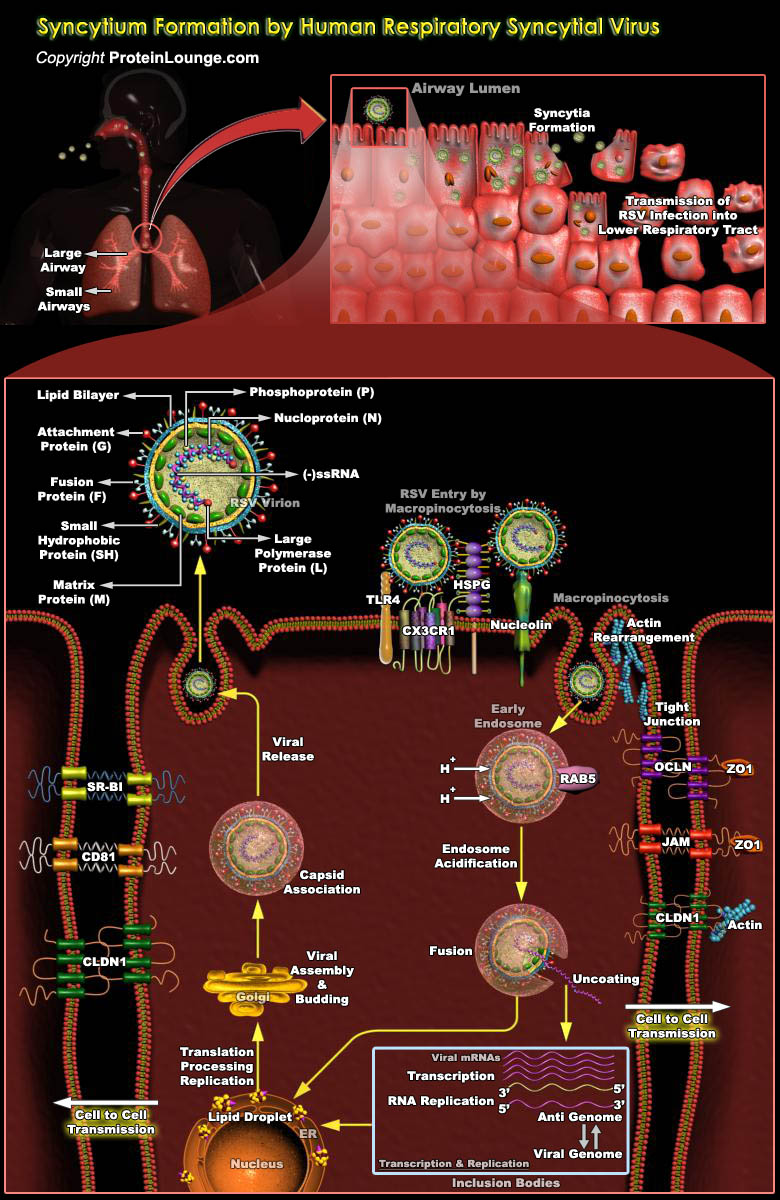
Human respiratory syncytial virus (RSV) is one of the most common viruses to infecting both children and adults, especially the elderly. RSV infection causes an upper respiratory infection in adults whereas in young children RSV causes bronchiolitis with small airway obstruction. It may progress to pneumonia, respiratory failure, apnea, and death (Ref.1).
RSV is a single-stranded,[..]
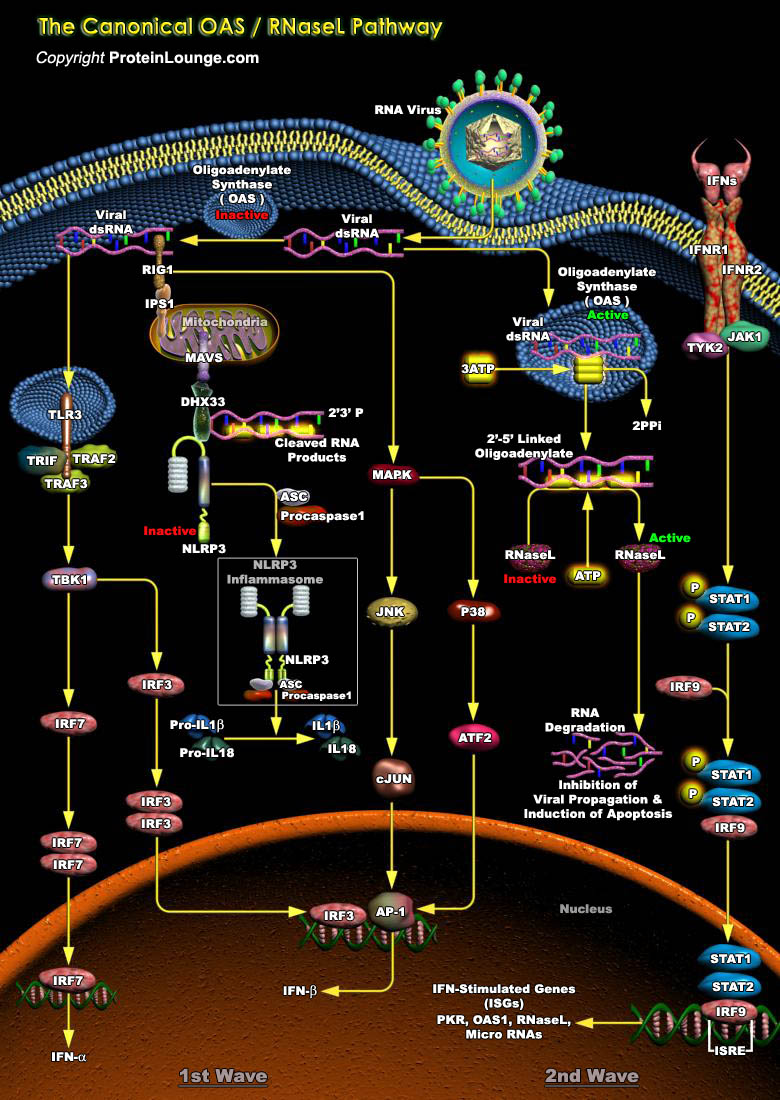
Humans are exposed to millions of potential pathogens daily, through contact, ingestion, and inhalation. Cellular innate immune system represents the first line of defense against invading pathogens. To counter virus infection, the immune system produces antiviral cytokines. Interferon (IFN) is the most powerful antiviral cytokine, and it induces IFN-stimulated genes that mediate antiviral[..]

Bone marrow cells called Megakaryocytes contain stem cells that give rise to red blood cells, white blood cells, and platelets. Platelets are tiny blood cells that help your body form clots to stop bleeding. Platelets functions as reporters, messengers and active transporters surveying the vasculature. They are concentrated in a fluid layer adjacent to the vessel wall and can immediately[..]


